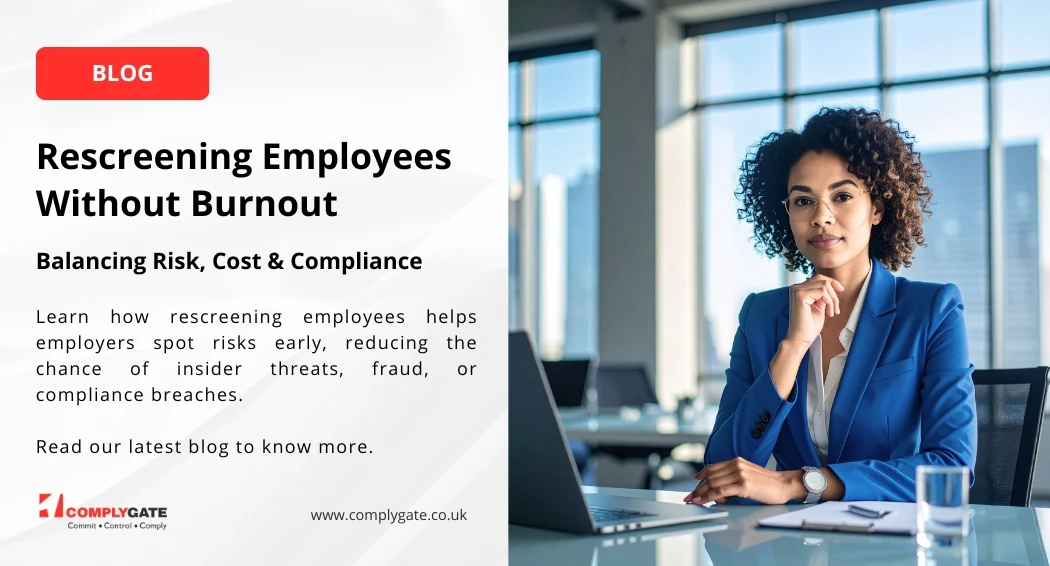Encourage Workplace Equality and Diversity
What is diversity and inclusion in the workplace?
Diversity and inclusion are a set of strategies, guidelines, and missions adopted by a company to create and nurture an inclusive workplace that attracts a diverse group of talent from diverse cultural backgrounds.
It is important to note that diversity and inclusion, while often grouped, are two separate ideologies.
Diversity refers to differences and the characteristics that make people unique, and the concept of bringing people from different backgrounds together and diversity cannot succeed without inclusion.
There are four different types of workplace diversity:
- Internal: These are aspects of a person's life on which they have no influence, such as race, age, ethnicity, national origin, or cultural variety.
- External: Education, skills, interests, religion, relationship status, socio-economic status, geographic location, experience, and citizenship are examples of traits that can be altered or changed.
- Organizational: These are characteristics that affect or are influenced by an organization, such as workplace, Function Employment, department, administrative status, or seniority.
- Worldview: This type includes our political beliefs, knowledge of history or cultural events.
Inclusion is conscious efforts, behaviours, guidelines, and norms that help everyone feel seen, heard, and valued. Supporting inclusion is critical to making a diverse workplace a reality.
Organizations recognize that they need the best to be the best. This cannot develop without involving people from different backgrounds and worldviews.
By creating a corporate culture that truly promotes diversity and inclusion, and puts people first, you are helping your employees feel comfortable sharing their true selves and ideas.
The Benefits of promoting Diversity and Inclusion in the workplace.
Diversity, Inclusion and Equal Opportunities in the Workplace have many important benefits, including:
- Diverse Perspectives
- Greater Creativity
- Greater Innovation
- Faster Problem-Solving
- Better Decision Making
- Higher Profits
- Higher Employee Engagement
- Reduced Employee Turnover
- Better Company Reputation
- Better Hiring Results
When you show your employees that each one of them matters, they are more likely to support your objective and stay with you.
In addition, by being honest with the company's values and commitments, one would be able to attract the right people to your company, which will reduce the time spent on hiring and induction processes and reduce employee turnover.
Why Valuing Diversity and Inclusion is important?
In addition to the fact that diversity will add to their bottom line, in the long run, workers making it clear that they accept differences and support their different visions of the world outside is key to long-term employee loyalty and job satisfaction.
Employee surveys show that nearly 80% of employees say they want to work for a company that values diversity, fairness, and inclusion.
While this transition to a more equitable workplace took place long ago, the pandemic and recent social movements can be traced back to the sudden sense of urgency in promoting diversity and inclusion in the workplace.
Creating a Culture of Equality and Inclusion
Creating an inclusive culture affects everyone, but an essential part is having top management take the lead and show and demonstrate why this is good for the organization and its business. The leadership style and the language they used should reflect this commitment. An open communication policy can encourage employees to identify problems, suggest improvements, and receive feedback.
Appointing diversity champions across the organization at all levels strengthens commitment to inclusion when the resources allow, having a dedicated resource for organizing events and monitoring initiatives to raise awareness and engage others is a great idea.
External evidence of commitment to inclusion through; Social networks, sharing experiences and ideas with other organizations, attending conferences, or networking days are positive ways to move forward.
Employee engagement is another important element. In proper face-to-face meetings, looking for employees' feelings of inclusion to assess how employees feel involved, or highlight issues can be positive, but should be done in a responsive and collaborative setting. Providing valuable information but asking the right questions is a key factor, as is providing feedback on the survey results and the actions to be taken.
Employee engagement needs to be real to employees, so they need to be heard and receive timely feedback that determines what you have, what you can and cannot do.
Review and evaluate the organization's policies, procedures, and practices, including performance management, career development, compensation and rewards, recruitment, complaints, disciplinary cases, benefits, employee turnover, training, and development. This can support and demonstrate inclusion through fair and transparent processes.
Provide appropriate diversity and inclusion training for all employees.
Training is a key element in promoting equality, diversity, and inclusion. It helps raise awareness by understanding the context and issues on a wide variety of topics. In addition, it can provide an opportunity to deal with sensitive and difficult issues such as unconscious prejudice. It can also encourage greater dialogue on improving the local culture work and inclusion.
It is unlikely that the legal framework will stay the same, laws will change, and people will be complacent spending time in the organization.
Recognize and prevent unconscious prejudices
No matter how progressive or open-minded people they are, prejudices and unconscious prejudices are present in everyone. A positive way to address unconscious bias is to first acknowledge that you have it and then understand how it affects your attitudes, behaviours, and decisions.
Once a person has understood their situation and coping mechanisms, this can help them to recognize these characteristics in others and to question negative prejudices.
Make Sure You Are Compliant
To Make sure that all the policies and processes are up-to-date and follow the appropriate best practices and laws, if necessary, one could seek the assistance of legal/human resources experts and stay up to date on any legislative changes that may affect you or your colleagues. Communicate the location of relevant documents to all employees and remind them of their existence through internal communication. Too often, companies provide this information during introductions or onboarding programs when people are overwhelmed with information, but they don't revisit it throughout their careers.
It is important to be transparent about the policies and procedures you have in place to show that you are committed to ensuring adequate access for all employees.
Pay attention to indirect discrimination
When a policy applies to everyone yet disadvantages a group of people who have a protected characteristic, and you are part of that group, you are disadvantaged. Happens, the person or organization applying the policy must demonstrate that there is a valid reason to do so.
The Equal Opportunities Act 2010 states that indirect discrimination can occur because of:
- Age
- Disability (including mental health)
- Gender reassignment
- Marriage or civil partnership
- Pregnancy and motherhood
- Race
- Religion or belief
- Gender
- Sexual orientation
Some Indirect discrimination may be lawful in cases where there is an objective reason, such as when the health and safety of individuals are compromised, or when the services or requirements of the organization are compromised.
Equality and diversity in technology are a must to boost innovation. Only by making sure we listen to different ideas and thoughts can we drive innovation, identify new markets, and develop products and solutions that help make our planet a better place.
Diversity also promotes customer orientation. — Diverse teams are more likely to understand customer needs and better recognize opportunities and threats. The different perspectives broaden the horizon and lead away from homogeneous thinking.











